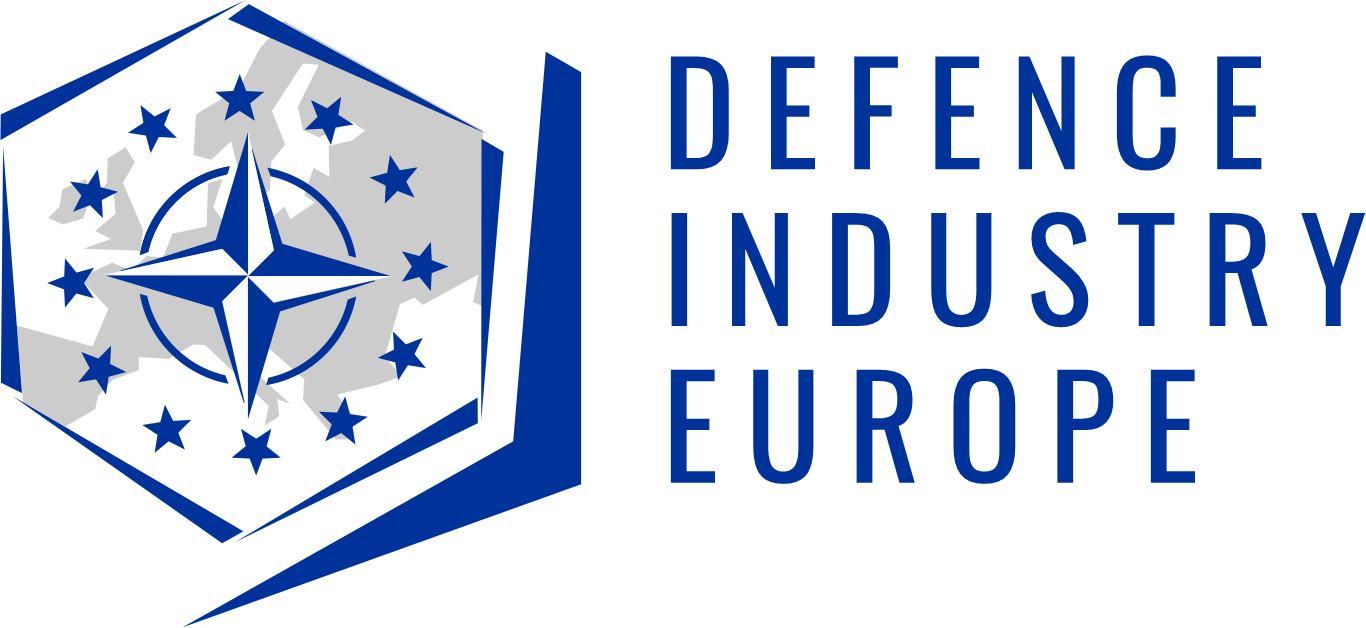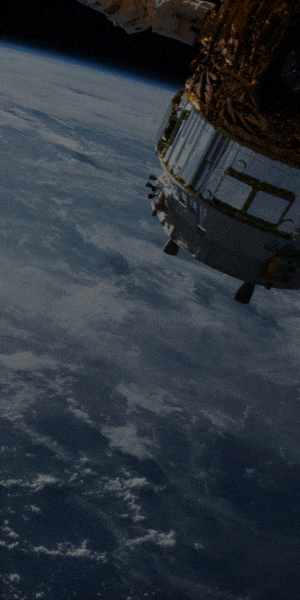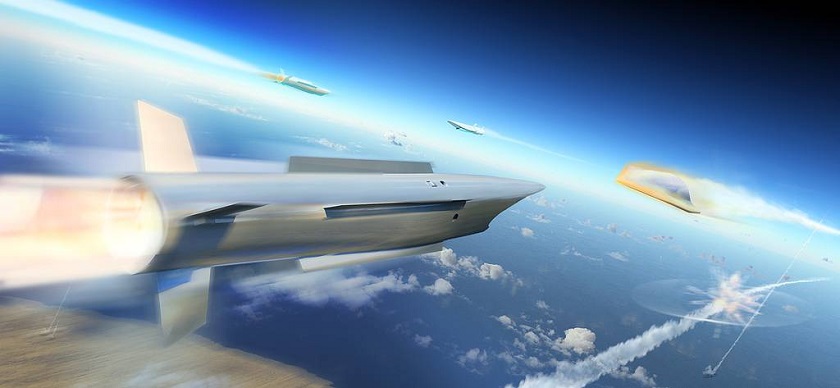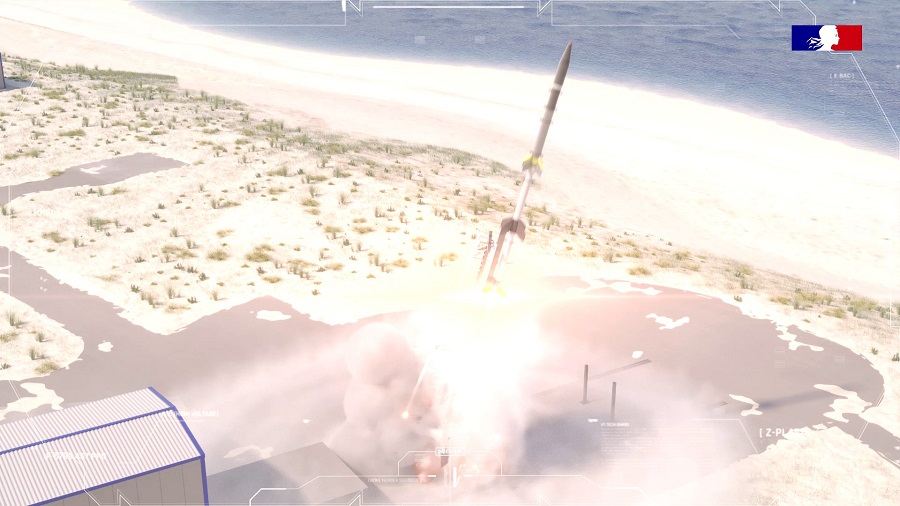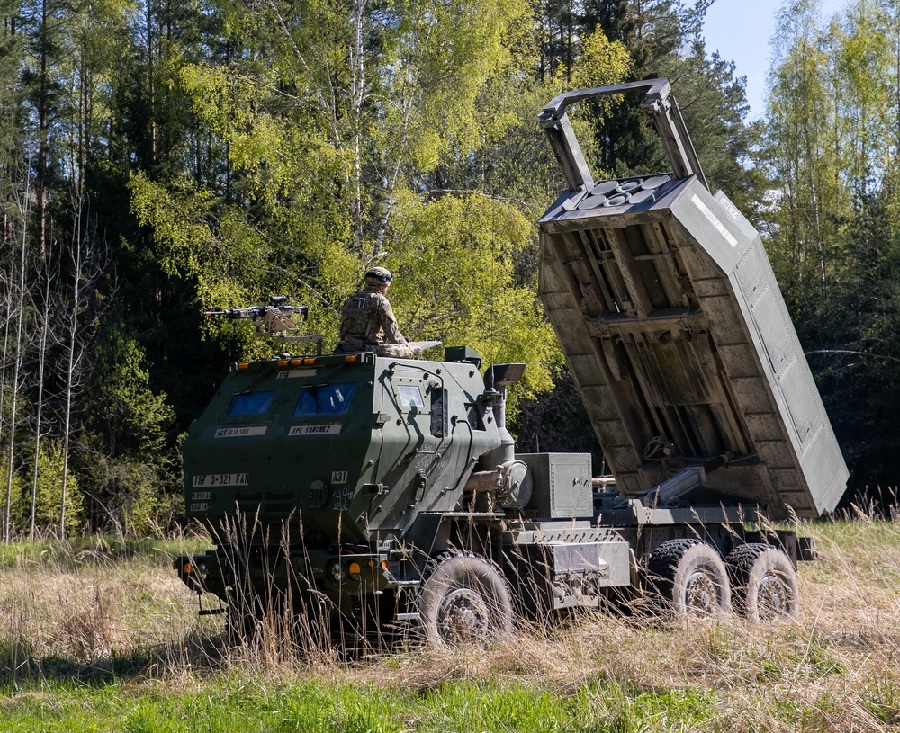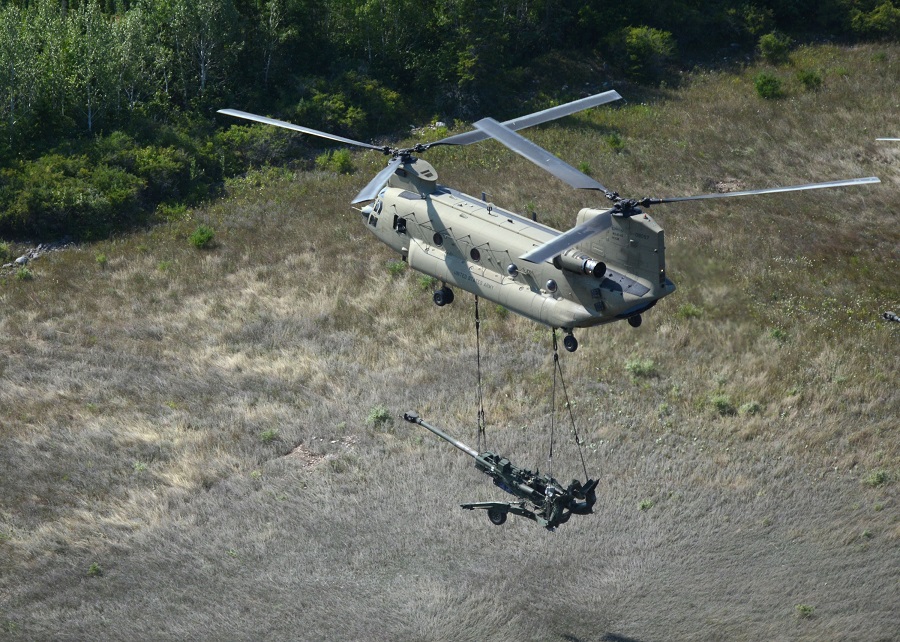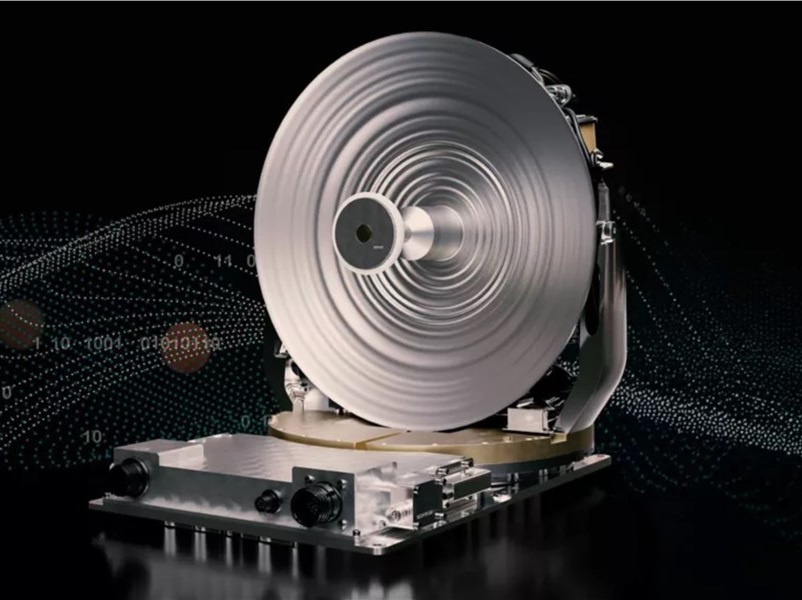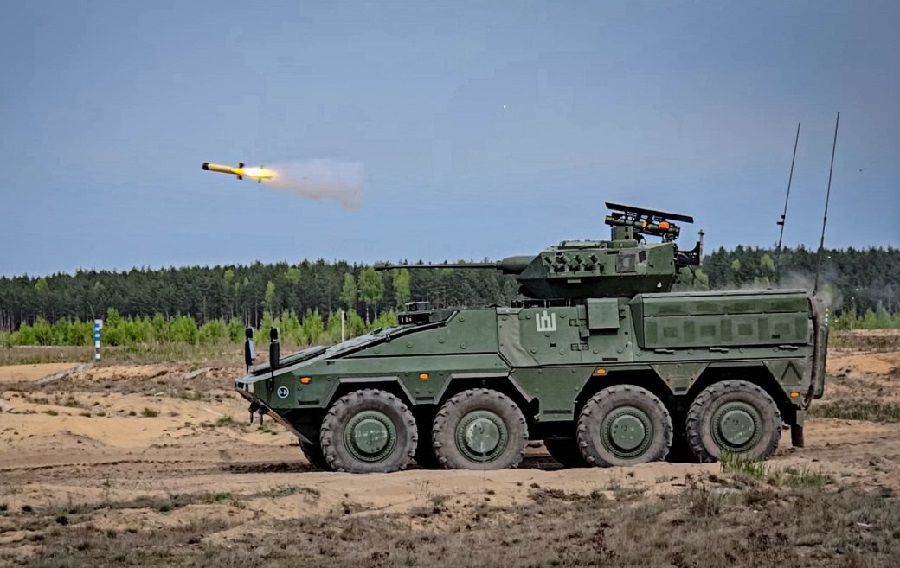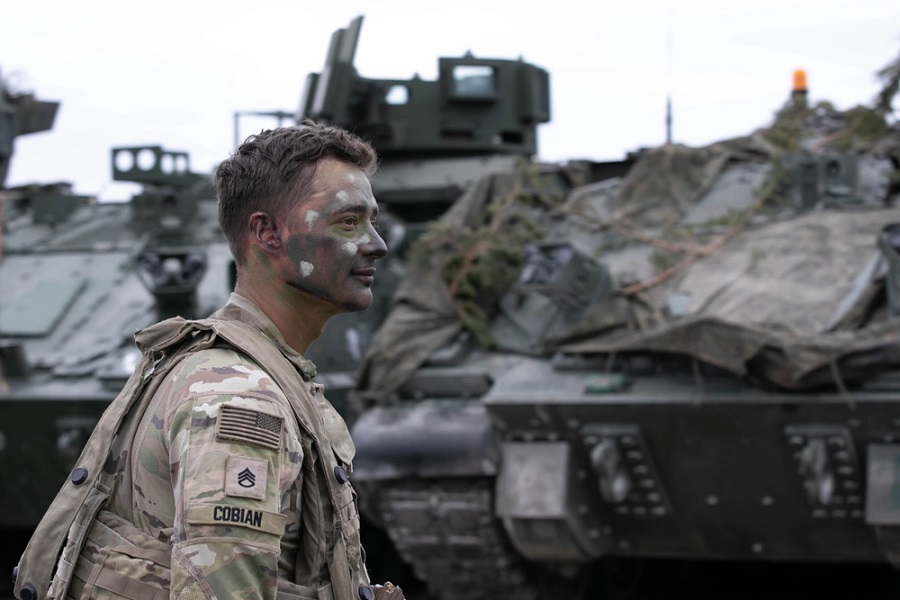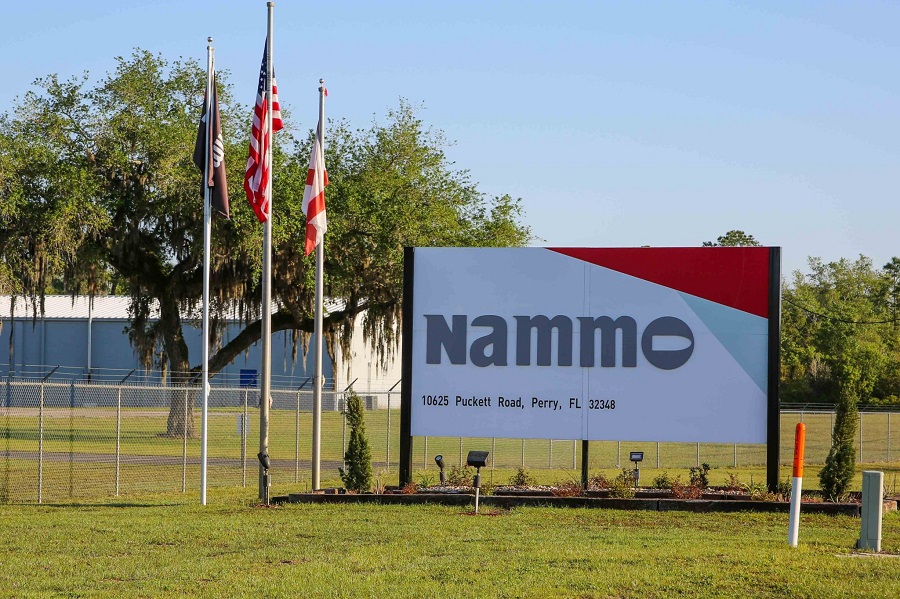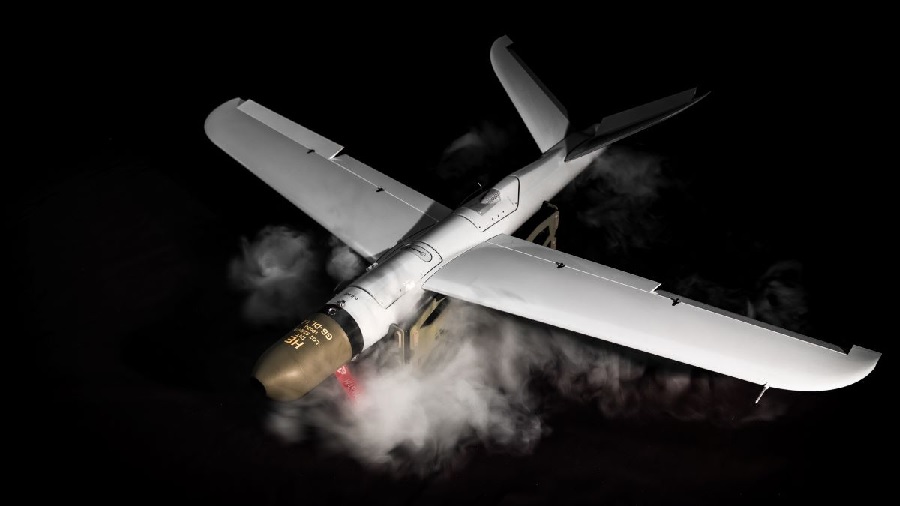The flight marks a historic moment in American aerospace, as it represents the first-ever flight of an American-developed RDRE. This compact propulsion system, known for its efficiency and high thrust, has long been theorised but had never been flown in the U.S.—or potentially anywhere in the world—until now.
“This is the moment we’ve been working toward for five years,” stated Sassie Duggleby, CEO and Co-founder of Venus Aerospace. “We’ve proven that this technology works—not just in simulations or the lab, but in the air. With this milestone, we’re one step closer to making high-speed flight accessible, affordable, and sustainable.”
The successful demonstration occurred despite challenging conditions, following a night of heavy winds. During the initial flight attempt, the RDRE launched and flew effectively, validating both its performance and system integrity under real-world flight conditions.
Scott McLaughlin, Executive Director of Spaceport America, expressed enthusiasm for the achievement, stating: “Spaceport America was created to make space history, and Venus Aerospace delivered a milestone moment for hypersonics today. Getting a rotating detonation rocket engine to the launch pad is an achievement few thought possible in such a short time.”
Compared to traditional rocket engines, RDREs are more efficient and compact, making them suitable for advanced aerospace applications. Venus Aerospace’s engine is specifically designed to be affordable and scalable, with potential applications in both defence and commercial systems. The company envisions future high-speed passenger flights, such as travelling from Los Angeles to Tokyo in under two hours.
“This milestone is a testament to what’s possible when engineering rigor meets entrepreneurial urgency,” said Dr. Rodney Bowersox, Associate Dean for Research and Professor of Aerospace Engineering at Texas A&M University. “Venus is showing the world that they aren’t just academically interesting—they’re buildable, testable, and operational under real-world conditions.”
The RDRE is designed to integrate with Venus Aerospace’s proprietary VDR2 air-breathing detonation ramjet, enabling hypersonic cruise without rocket boosters. The company’s ultimate goal is the Stargazer M4, a Mach 4 reusable passenger aircraft, marking a significant step toward accessible hypersonic travel.
Andrew Duggleby, Co-founder and Chief Technology Officer, highlighted the significance of the breakthrough, stating: “This milestone proves our engine works outside the lab, under real flight conditions. Rotating detonation has been a long-sought gain in performance. Venus’ RDRE solved the last but critical steps to harness the theoretical benefits of pressure gain combustion.”
With the hypersonics market projected to exceed $12 billion by 2030, Venus Aerospace’s success positions the company as a leader in affordable hypersonic systems. The startup plans further tests and collaborations with government partners, aiming to re-establish U.S. leadership in high-speed flight.
“Venus Aerospace is proving that visionary engineering teams can still build world-changing technology on startup timelines,” said Phillip Sarofim, Founding Partner of Trousdale Ventures. Thomas d’Halluin, Managing Partner at Airbus Ventures, added: “Venus has shown an extraordinary ability to translate deep technical insight into hardware progress.”

